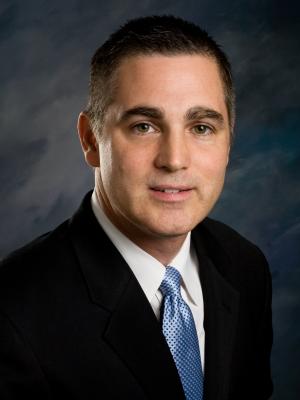We’re Stronger Together
With your help, we can advance education and improve student success in our community.


Chair, Oral and Maxillofacial Surgery, Oral and Maxillofacial Surgery
Director, SD-Advanced Education, Oral and Maxillofacial Surgery
Professor, Oral and Maxillofacial Surgery
Associate Professor, Surgery
With your help, we can advance education and improve student success in our community.